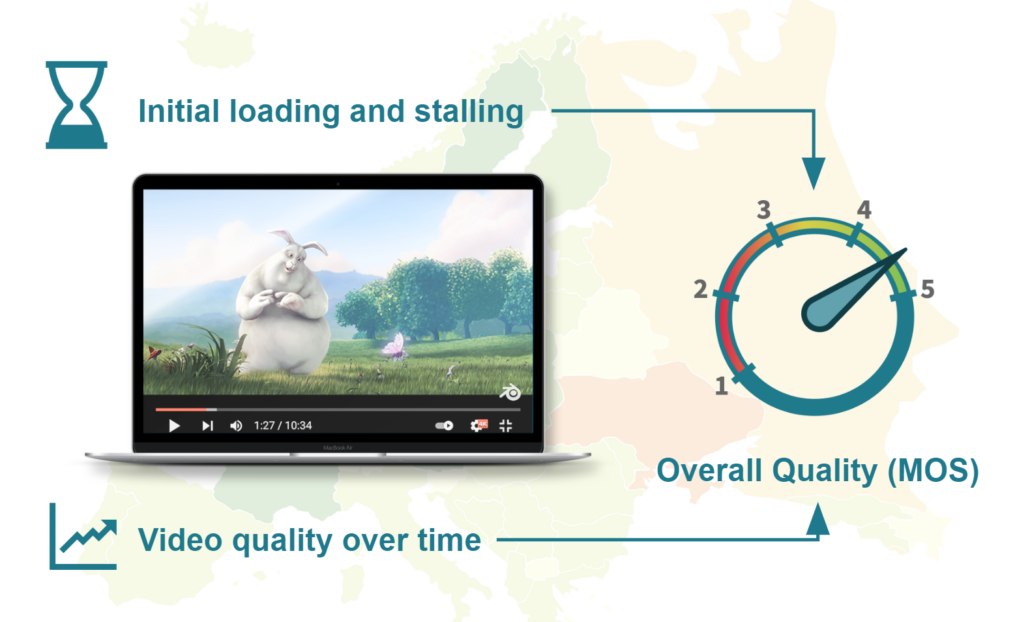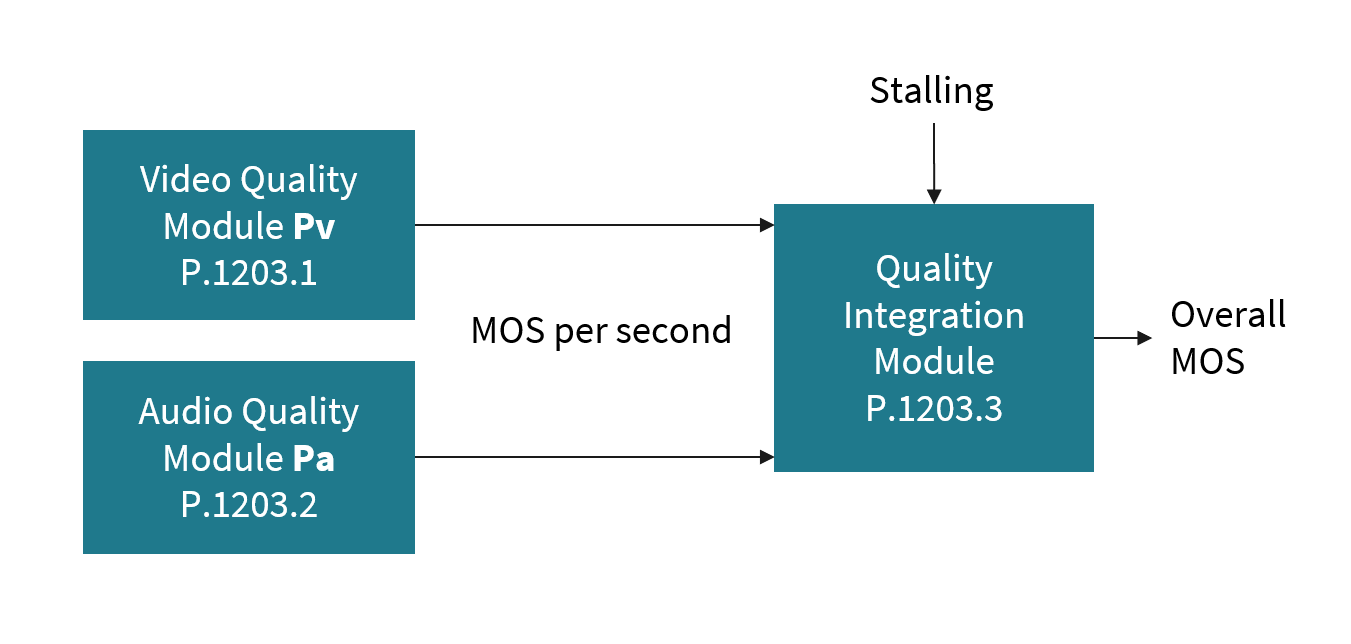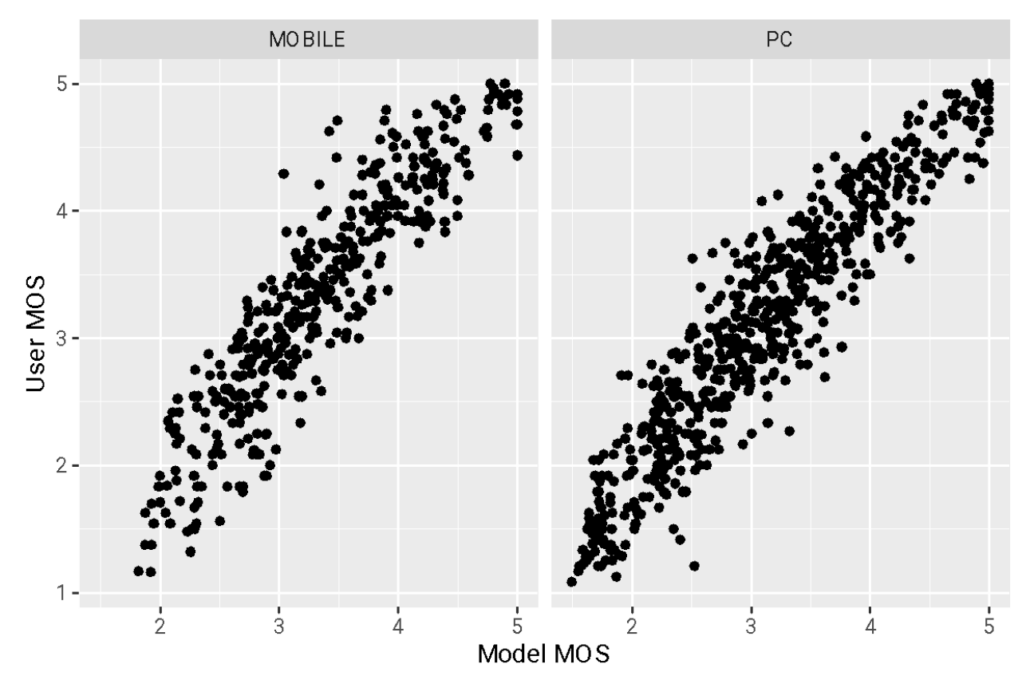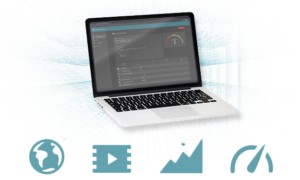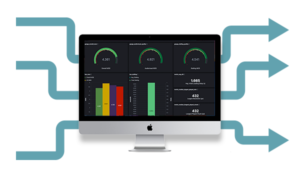The P.1203 video quality metric for HTTP Adaptive Streaming
A highly accurate model for measuring the quality of streaming sessions — and an international standard
ITU-T Rec. P.1203 calculates the Quality of Experience of HTTP Adaptive Streaming sessions. It covers all degradations that may occur in a video stream caused by lossy compression, temporal or spatial downscaling, and stalling effects due to rebuffering events — including initial loading (startup time).
The standard predicts the QoE in terms of Mean Opinion Scores (MOS) on a scale from 1–5, where 1 refers to Bad quality, and 5 to Excellent.
The models have been trained and validated on over 1,000 audiovisual sequences that were rated by human viewers with over 25,000 individual ratings.
The models described in the standard have been created by an international consortium of academic and industrial partners.
P.1203 takes complex inputs and delivers an easy to understand Video MOS.


